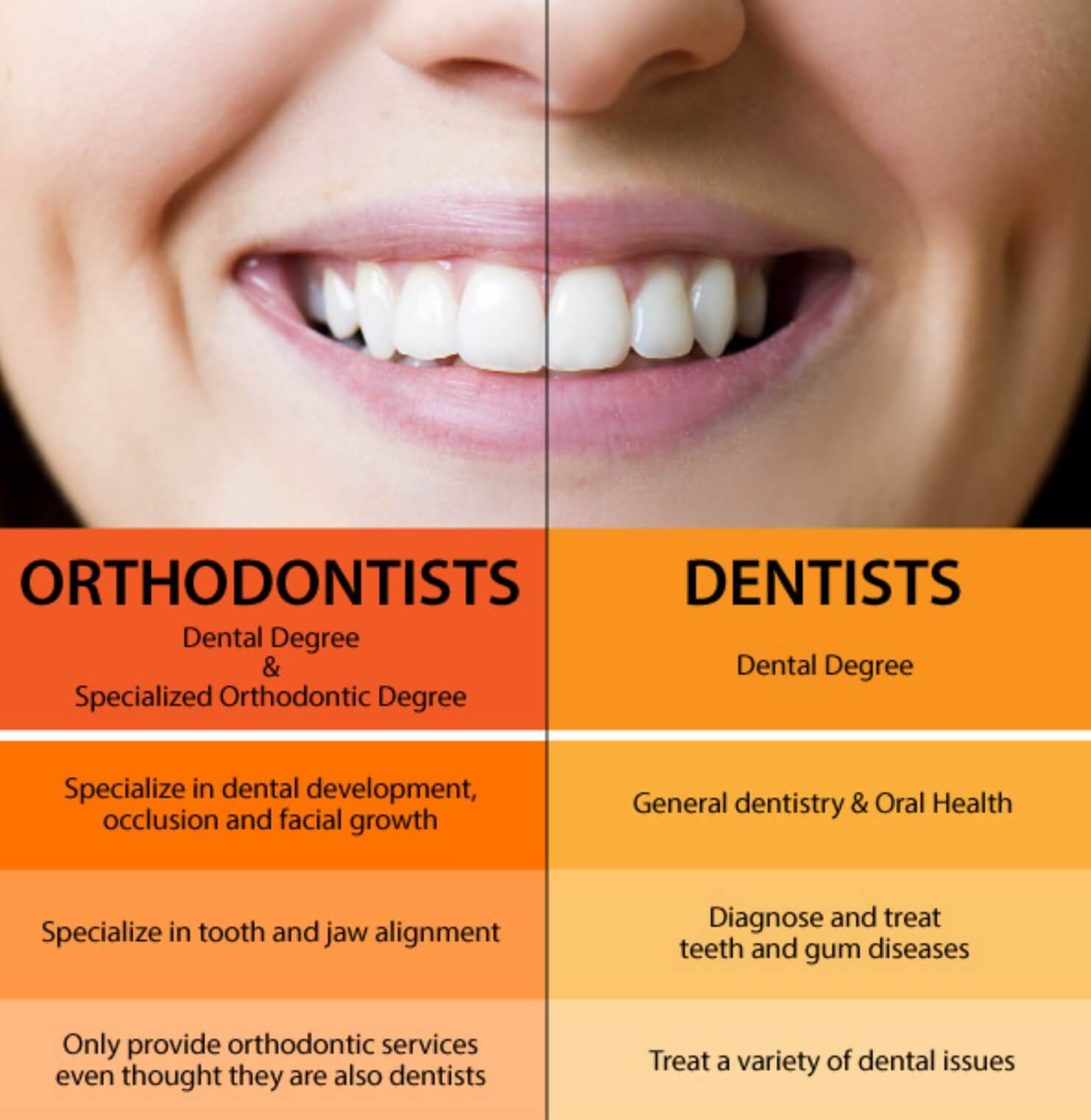Examine This Report on Legacy Orthodontics
The smart Trick of Legacy Orthodontics That Nobody is Discussing
Table of ContentsFascination About Legacy OrthodonticsGet This Report about Legacy OrthodonticsLegacy Orthodontics for DummiesThe 10-Minute Rule for Legacy OrthodonticsThe 8-Minute Rule for Legacy Orthodontics
In addition, we provide adjustable treatment schedules, adaptable repayment options and an enjoyable, pleasurable experience.An orthodontist is a dental practitioner educated to detect, prevent, and treat teeth and jaw abnormalities. They deal with existing problems and are trained to identify problems that might establish in the future. Orthodontists work with individuals of any ages, from youngsters to adults. Individuals frequently connect a best smile with healthiness.
Malocclusion, or misaligned teeth, can lead to dental problems, consisting of tooth degeneration, periodontal illness, and difficult or excruciating chewing. Not everyone is birthed with straight teeth. If you have a poor bite or big rooms between your teeth, you may want to consult a dental professional focusing on orthodontic care.
The Definitive Guide for Legacy Orthodontics
( Photo Credit Score: DigitalVision/Getty Images) Orthodontists utilize repaired and detachable oral devices, like dental braces, retainers, and bands, to change the setting of teeth in your mouth. Orthodontic therapy is for dental problems, including: Uneven teethBite problems, like an overbite or an underbiteCrowded teeth or teeth that are also far apartJaw misalignmentThe goal of orthodontic treatment is to enhance your bite.
A healthy bite ensures you can consume, chew, and speak correctly. While you may think about orthodontists as primarily for children or teenagers who need dental braces, they can deal with oral troubles at any age. Orthodontists participate in university, dental college, and orthodontic institution. After college graduation, they invest 2 or 3 years in an orthodontic residency program.
, yet not all dental professionals are orthodontists. They focus on two areas: How to properly and securely move teeth How to effectively guide advancement in the teeth, jaw, and faceOnce an orthodontist has finished training, they have the alternative to become board certified.
Get This Report about Legacy Orthodontics
Imbalance, or malocclusion, is one of the most typical factor people see an orthodontist. It is hereditary and is the outcome of dimension differences in between the upper and lower jaw or between the jaw and teeth. Malocclusion causes tooth congestion, an irregular jaw, or uneven bite patterns. Malocclusion is generally treated with: Your orthodontist affixes steel, ceramic, or plastic square bonds to your teeth.
If you have only small malocclusion, you may have the ability to make use of clear dental braces, called aligners, as opposed to standard braces (https://hubpages.com/@legacyortho). Some people need a headgear to assist relocate teeth into line with stress from outside the mouth. After dental braces or aligners, find out you'll require to wear a retainer. A retainer is a custom device that keeps your teeth in place.
They're most frequently utilized on children. They can produce extra room in the mouth without having to pull teeth. If you have a serious underbite or overbite, you could need orthognathic surgery (additionally called orthodontic surgical treatment) to lengthen or reduce your jaw. Orthodontists utilize wires, medical screws, or plates to support your jaw bone.
You might need to see an orthodontist if you have: Crowding or not enough room for every one of your teethOverbite, when your top teeth come by your bottom teethUnderbite, when your bottom teeth are also far forwardSpacing or issues with gapsCrossbite, which is when your upper teeth fit behind your base teeth when your mouth is closedOpen bite or an upright gap in between your front base and upper teethMisplaced midline, when the center of your base and upper teeth don't line up Correcting a dental malocclusion can: Make attacking, eating, and talking easierImprove the balance of our face and your general appearanceEase discomfort from temporomandibular joint disordersDifferent your teeth and make them much easier to clean, helping stop dental cavity or dental caries It's commonly a dentist that first notices misaligned teeth during a routine test.
Some Known Facts About Legacy Orthodontics.

During your first orthodontic examination, you'll likely have: An oral examPhotos taken of your face and smileDental X-raysPanoramic (360 level) X-rays of your face and headImpressions to produce molds of your teethThese tests will aid your orthodontist recognize exactly how to wage your therapy. leesburg orthodontics. An orthodontist is a dentist that's had training to treat your teeth and jaw
Orthodontists might execute surgical treatment, exams,X-rays,and even more to help you acquire a more comfy, healthier smile. An orthodontist is concentrated on your bite, so something like a chipped tooth would be taken care of by a dental professional. Orthodontists are dental practitioners however not all dental professionals are orthodontists. Orthodontists are concentrated on your bite, or the way your teeth fit with each other, and the straightness of your teeth.
Ever asked yourself just how stars constantly appear to have completely lined up teeth? The solution commonly depends on the proficient hands of an orthodontist. What exactly does an orthodontist do? Orthodontists are dental experts who concentrate on fixing abnormalities in the teeth and jaws. Their know-how exceeds simply developing a beautiful smile; it encompasses improving your overall oral wellness and feature.
The Definitive Guide to Legacy Orthodontics

While braces are one of the most frequently acknowledged orthodontic therapy, orthodontists have a varied toolkit at their disposal. The particular approach chosen depends upon the seriousness of the case, the patient's age, and specific preferences. These tried-and-true braces use a system of braces adhered to the teeth and linked by cords.
Clear aligners, like Invisalign, are a preferred option for patients seeking a more discreet treatment alternative. These detachable trays are personalized to progressively shift the teeth's placement. Headgear may be used along with braces or aligners to apply additional targeted pressures, particularly for dealing with jaw inconsistencies. In cases of slim jaws, palatal expanders can be used to produce area for proper tooth alignment.